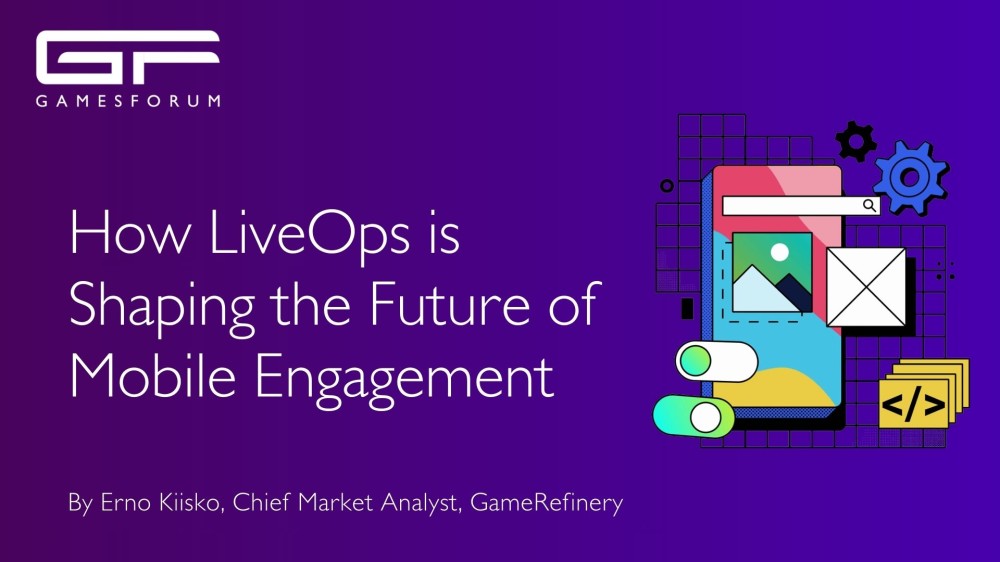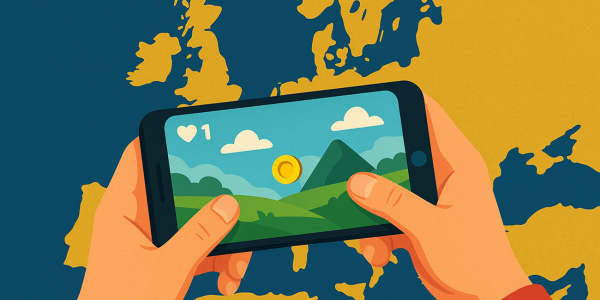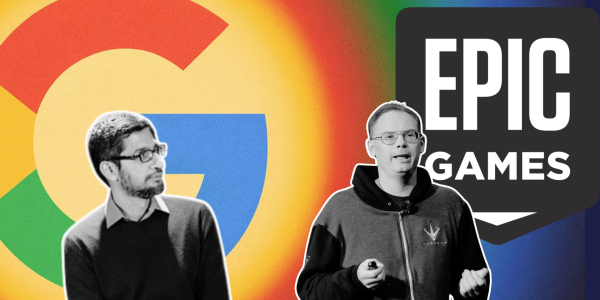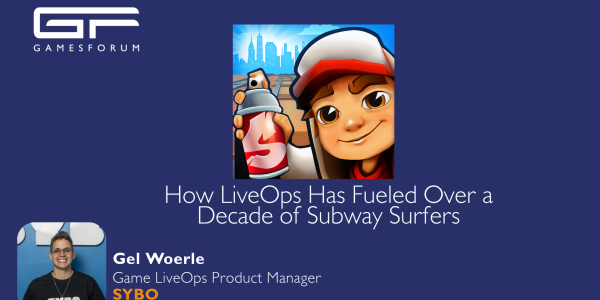From Games to Apps: How LiveOps Is Shaping the Future of Mobile Engagement


GameRefinery's Chief Market Analyst, Erno Kiiski, talks about what is trending in the world of LiveOps - from games to apps in general, and what the next decade of mobile will look like with these trends in mind.
Over the past decade, LiveOps has redefined mobile gaming. Content updates used to be sporadic. Today, top-grossing games operate more like live services than standalone products. Seasonal collectible albums, partner co-op events, and minigame rotations are no longer one-off add-ons—they are the engines that sustain retention, grow revenue, and build community over years of operation.
According to GameRefinery data, the number of events in top F2P games increased 35% between May 2023 and January 2025, with midcore titles running more than 20 events concurrently on average. Event formats themselves have also evolved from task-based events to overarching seasonal frameworks that unify multiple smaller missions, themed challenges, and even IP collaborations.
What’s trending in games LiveOps
LiveOps in games has matured into a sophisticated playbook, and the latest wave of innovation is reshaping how players engage. Rather than relying on simple event drops, developers are experimenting with new formats, layered frameworks, and social mechanics that keep experiences fresh and sticky.
Here are a few examples of how different genres are pushing LiveOps forward:
- In casual titles like Solitaire Grand Harvest, seasonal albums tie together collectibles, battle passes, and collaborations into cohesive thematic arcs.
- In midcore titles like Call of Duty: Mobile, event hubs like Challenge HQ unify tokens, caches, and unlocks into a single progression spine.
- In breakout hits like Monopoly GO!, partner events set a new standard by turning co-op into a recurring, highly social format that has already spread across genres.
These innovations show that LiveOps has moved beyond retention mechanics to become the backbone of modern games.
Consumer apps: the next frontier
Outside gaming, the picture looks very different. Most non-gaming apps do not yet have the equivalent of an event calendar. Engagement is still built around utility and one-off promotions rather than ongoing, structured events.
But many top consumer apps are catching on. Rising acquisition costs and the universal fight for attention have prompted more apps to experiment with event-style mechanics borrowed from games: streaks, timed challenges, seasonal campaigns.
- Tinder tested spiking social activity through limited-time events like Swipe Night and Vibes, designed to drive conversation and matching activity.
- Crypto.com leaned on competition, using its Airdrop Arena leaderboard events to gamify investing and keep users staking longer.
- Strava embraced seasonal and community-driven challenges such as monthly mileage goals and themed events tied to global races.
These are still exceptions, not the rule, but they point to a near future where consumer apps are developing their own version of LiveOps, tailored to the specific needs of their app vertical.
A shared playbook for games and apps
For games, LiveOps are now indispensable, but for apps, they still represent untapped potential. But both games and apps are discovering the same outcomes: users engage longer when experiences feel live, time-bound, and social.
The mobile ecosystem is entering an era where “content drops” and “event calendars” are not just gaming features but universal engagement tools. If the history of gaming is anything to go by, the apps that master LiveOps ahead of the curve will define the next decade of mobile.











